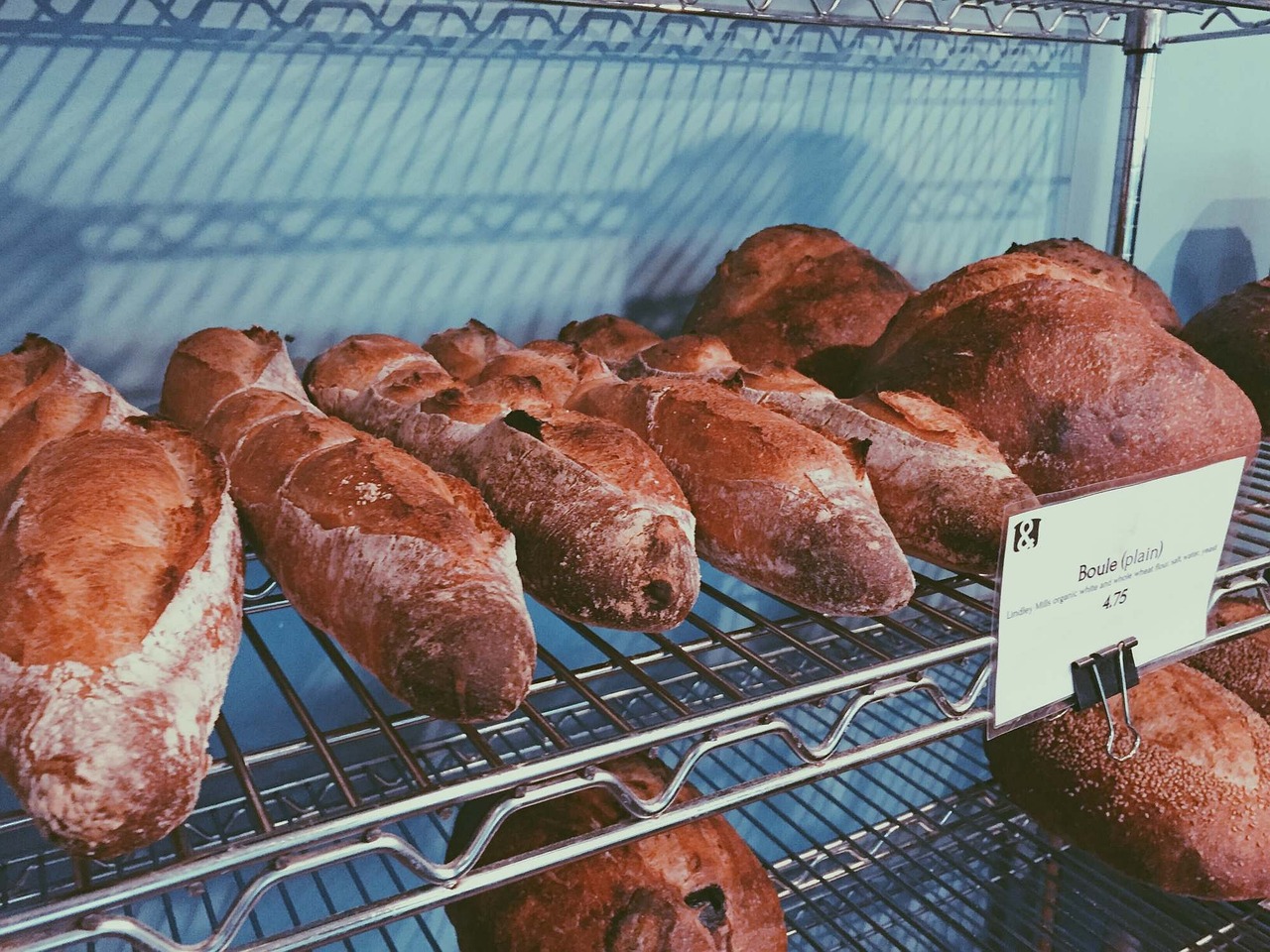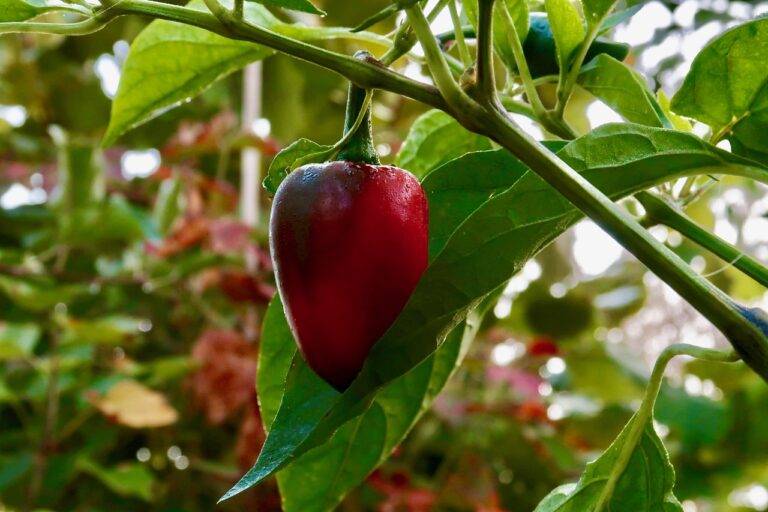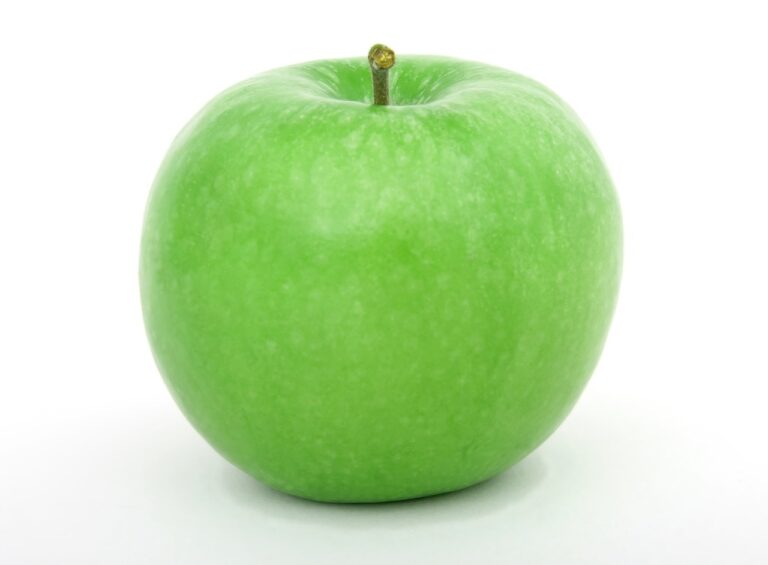Poultry Farming and Climate Adaptation Strategies: 11xplay com, Gold365, Skyfairs
11xplay com, gold365, skyfairs: Poultry farming is a crucial industry that provides a significant source of food and income for people around the world. However, climate change poses a significant challenge to the sustainability of poultry farming operations. As temperatures rise, extreme weather events become more frequent, and disease outbreaks become more prevalent, poultry farmers must adapt their operations to survive and thrive in a changing climate.
In this blog post, we will discuss the impact of climate change on poultry farming and explore some strategies that farmers can implement to adapt to these changing conditions.
The Impact of Climate Change on Poultry Farming
Climate change is having a significant impact on poultry farming operations around the world. Rising temperatures can increase heat stress in birds, leading to decreased growth rates, reduced egg production, and increased mortality rates. Extreme weather events, such as hurricanes, floods, and droughts, can also disrupt farming operations, destroy infrastructure, and lead to significant financial losses.
In addition to the direct impacts of climate change on poultry farming, changing weather patterns can also increase the risk of disease outbreaks. Warmer temperatures can create ideal conditions for the spread of diseases such as avian influenza, Newcastle disease, and salmonella, posing a significant threat to poultry farmers.
Adapting to a Changing Climate
To adapt to the changing climate, poultry farmers must implement strategies that help mitigate the impact of rising temperatures, extreme weather events, and disease outbreaks. Here are some climate adaptation strategies that farmers can consider:
1. Improving ventilation in poultry houses to reduce heat stress in birds.
2. Installing cooling systems, such as fans and misters, to help regulate temperatures in poultry houses.
3. Implementing water management strategies to ensure birds have access to clean, cool water during heatwaves.
4. Investing in backup power generators to ensure essential equipment, such as fans and heaters, can continue to operate during power outages.
5. Implementing biosecurity measures to prevent the spread of diseases among birds.
6. Diversifying income streams by investing in alternative livestock or crops that are more resilient to climate change.
By implementing these climate adaptation strategies, poultry farmers can increase the resilience of their operations and continue to produce high-quality food products for consumers.
FAQs
Q: How can poultry farmers protect their birds during extreme weather events?
A: Poultry farmers can protect their birds during extreme weather events by ensuring that their poultry houses are structurally sound and implementing emergency response plans to evacuate birds if necessary.
Q: What are some signs that poultry may be experiencing heat stress?
A: Signs of heat stress in poultry include panting, holding wings away from the body, reduced feed intake, and decreased egg production. Farmers should monitor their birds closely during hot weather and take steps to reduce heat stress if necessary.
Q: How can farmers prevent the spread of diseases among their poultry flocks?
A: Farmers can prevent the spread of diseases among their poultry flocks by implementing biosecurity measures, such as restricting access to poultry houses, disinfecting equipment, and isolating sick birds. Regular health checks and vaccinations can also help prevent the spread of diseases.
In conclusion, climate change poses significant challenges to poultry farming operations, but by implementing climate adaptation strategies, farmers can increase the resilience of their operations and continue to produce high-quality food products for consumers. By investing in infrastructure, implementing biosecurity measures, and diversifying income streams, poultry farmers can adapt to a changing climate and thrive in the face of new challenges.







